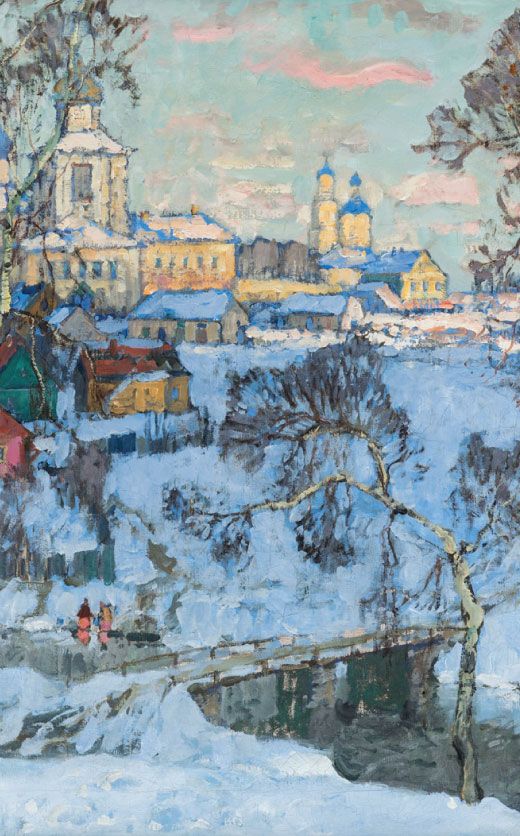Nigerian Yoruba Textile & Shell Headdress Ori-inu
Lot 51
About Seller
Artemis Fine Arts
686 S Taylor Ave, Ste 106
Louisville, CO 80027
United States
Selling antiquities, ancient and ethnographic art online since 1993, Artemis Gallery specializes in Classical Antiquities (Egyptian, Greek, Roman, Near Eastern), Asian, Pre-Columbian, African / Tribal / Oceanographic art. Our extensive inventory includes pottery, stone, metal, wood, glass and textil...Read more
Categories
Estimate:
$1,200 - $1,800
Absentee vs Live bid
Two ways to bid:
- Leave a max absentee bid and the platform will bid on your behalf up to your maximum bid during the live auction.
- Bid live during the auction and your bids will be submitted real-time to the auctioneer.
Bid Increments
| Price | Bid Increment |
|---|---|
| $0 | $25 |
| $300 | $50 |
| $1,000 | $100 |
| $2,000 | $250 |
| $5,000 | $500 |
| $10,000 | $1,000 |
| $20,000 | $2,500 |
| $50,000 | $5,000 |
| $100,000 | $10,000 |
| $200,000 | $20,000 |
About Auction
By Artemis Fine Arts
Aug 22, 2025
Set Reminder
2025-08-22 10:00:00
2025-08-22 10:00:00
America/New_York
Bidsquare
Bidsquare : Indigenous Art - Ralph T. Coe Center, Santa Fe, NM
https://www.bidsquare.com/auctions/artemis-gallery/indigenous-art---ralph-t-coe-center-santa-fe-nm-20324
Featuring works of art from the Ralph T. Coe Center for the Arts in Santa Fe, New Mexico, a non-profit focused on promoting Indigenous Arts globally. All proceeds from the sale of these items will support future grants to Rehoming Program participants. Artemis Fine Arts info@artemisfinearts.com
Featuring works of art from the Ralph T. Coe Center for the Arts in Santa Fe, New Mexico, a non-profit focused on promoting Indigenous Arts globally. All proceeds from the sale of these items will support future grants to Rehoming Program participants. Artemis Fine Arts info@artemisfinearts.com
- Lot Description
West Africa, Nigeria, Yoruba, ca. 19th to early 20th century CE. A ceremonial headdress adorned with cowrie shells, cloth, and hide, known among the Yoruba as a "House of the Head." Likely worn by an Oba (divination priest), the headdress represents the ori-inu - the inner spiritual head that guides one's destiny. The form consists of a cloth-covered cap embellished with cowrie shells, supporting a central wooden pole that holds an upright conical finail constructed from layered cloth panels - velvet, cotton, and green leather appliques. At its apex is a bird, wrapped in yarn and cloth, symbolizing spiritual oversight and signaling the wearer's divine lineage. Additional rows of cowrie shells frame each panel and cascade dramatically from both the brim and the bird's tail, adding visual and symbolic weight. Size: 10" Diameter x 16" H (25.4 cm x 40.6 cm); 23.5" H (59.7 cm) on included custom stand.
As traditional currency and markers of prestige, cowries emphasize the power and sacred authority of the wearer. Used in ritual and state ceremonies, these headdresses functioned both as regalia and as portable shrines, affirming the wearer's elevated status in both the spiritual and earthly realms.
Provenance: Ralph T. Coe Center for the Arts, Santa Fe, New Mexico, USA; ex-Ralph T. Coe personal collection.
All items legal to buy/sell under U.S. Statute covering cultural patrimony Code 2600, CHAPTER 14, and are guaranteed to be as described or your money back.
A Certificate of Authenticity will accompany all winning bids.
We ship worldwide and handle all shipping in-house for your convenience.
#196355The velvet, cotton, and leather cloth panels exhibit signs of age-related wear. Fading, surface soiling, and fraying are visible, especially along edges and seams. Some moth damage reported on wool components. Cowrie shell coverings are largely intact across the panels, brim, and cascading strands. Some shell strands show minor losses or breaks, particularly around the lower fringe and dangling elements. Overall structurally stable. The form retains its original conical shape with layered cloth and hide intact. The internal support pole and crown remain upright and well-positioned. General surface soiling and dust accumulation consistent with age and ceremonial use. Minor material loss is visible on leather and cloth edging.Condition
- Shipping Info
-
All shipping is handled in-house for your convenience. Your invoice from Artemis Fine Arts will include shipping calculation instructions. If in doubt, please ask before bidding for estimated shipping costs for individual items.
-
- Buyer's Premium



 EUR
EUR CAD
CAD AUD
AUD GBP
GBP MXN
MXN HKD
HKD CNY
CNY MYR
MYR SEK
SEK SGD
SGD CHF
CHF THB
THB














